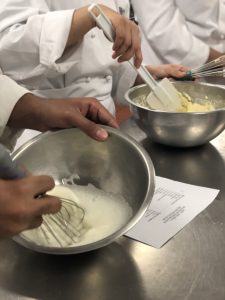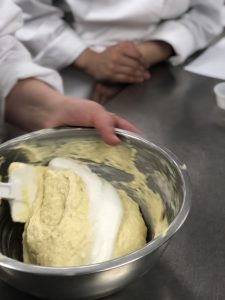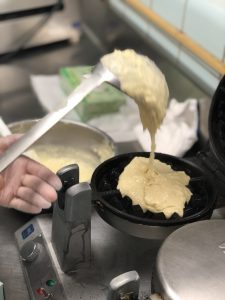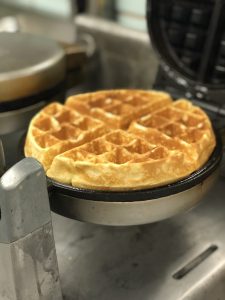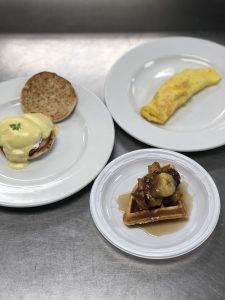I believe that Capa’s photograph of the falling soldier was and was not staged. Firstly, I believe that this photograph was staged because compared to the second image, a real person that gets shot won’t fall like that. The impact of the bullet will be too strong to cause a person to react in that way. But then again, everyone will react differently to getting shot. Depending on a slightly different angle the bullet comes from. Maybe the photograph wasn’t staged, but there is not any valid proof that is was except the reaction of the soldier while being shot. This image could have been taken as soon as the bullet hit him, explaining why the posture of the soldier was so open and outward. In addition to proving that this image is not staged, there was no proof of Capa telling anyone that this image was staged.
Authenticity does matter. If an image is authentic the image is genuine. Genuine images attract people. People begin to be filled with emotions to react to these images. Capa’s image is authentic because someone is dying, and this was not staged at all.
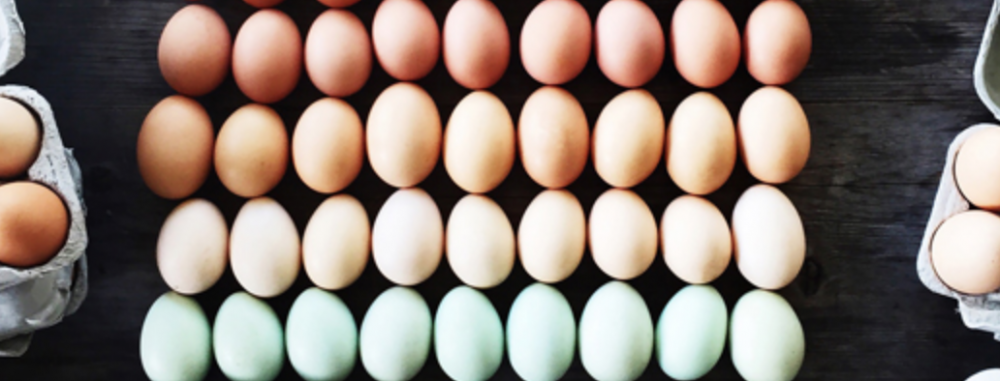
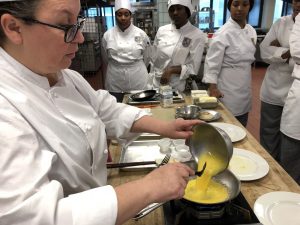
 Professor Zimmerman demonstrating to make a classic French Omelet!
Professor Zimmerman demonstrating to make a classic French Omelet!





